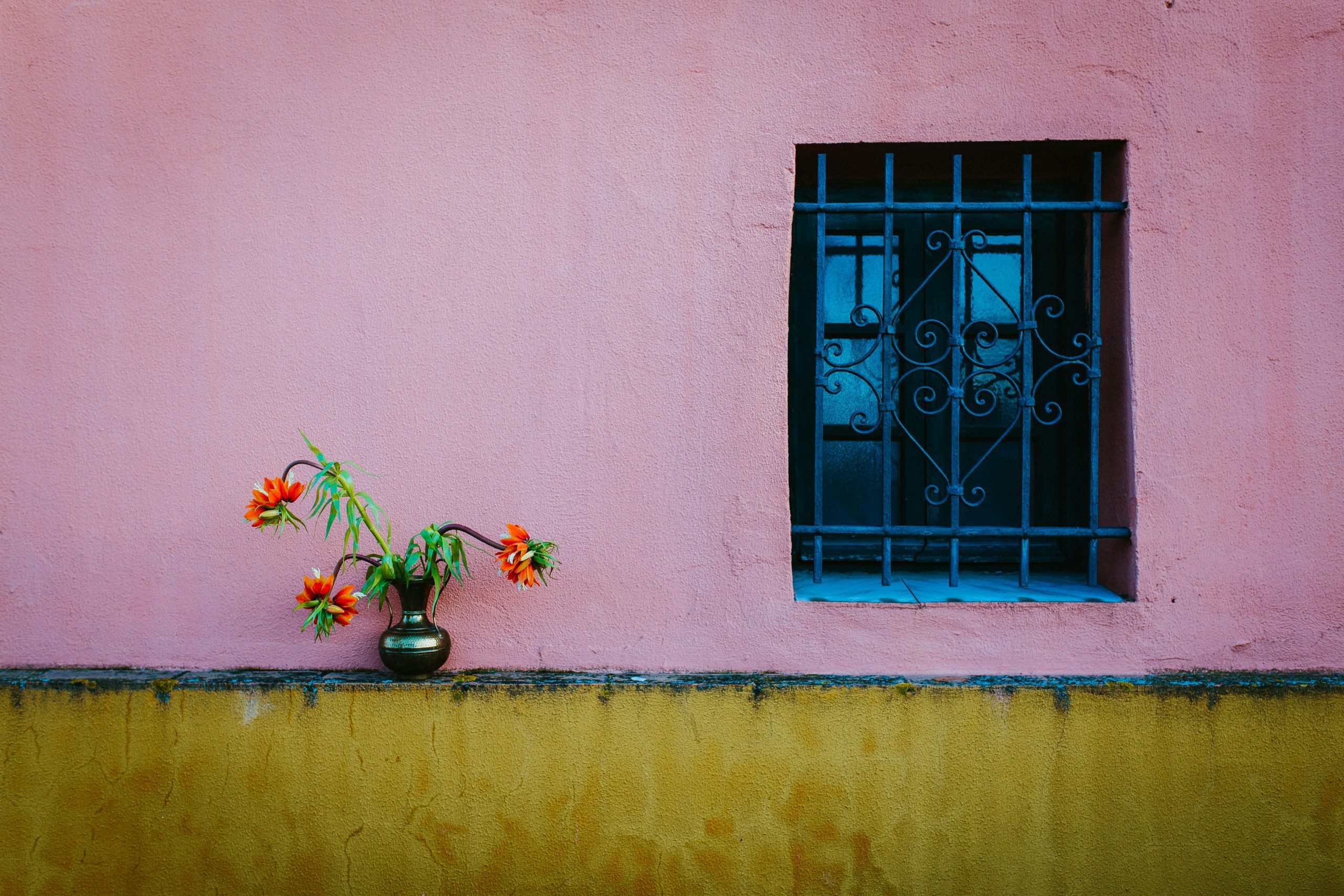
Spring is just around the corner; it’s time to think about your next exterior painting project. During winter it’s tricky to paint outdoor surfaces, with unpredictable weather and cold temperatures making drying times hard to work out. Today we’re going to help you choose your next painting project, and the best exterior paints for it with a guide to choosing exterior paint.
Spring Exterior Painting Projects
With winter coming to an end soon, it’s good to plan your exterior painting around spring. This isn’t just deciding what time to start painting but can affect your colour choices and which exterior paint you use.
Spring isn’t just a great time of year for a clear-out. It’s the best time to transform your home, so it’ll look fantastic for your summer parties and barbeques in a few months.
But where to start? Well if you’re a keen decorator, you probably got stuck into some interior painting during the winter. But you can’t allow your exterior surfaces to let the side down; now’s the time to give them some attention.
Here are some exterior painting projects you can do in Spring:
- Fence Painting
- Fence Gate Painting
- Decking Painting
- Masonry Painting
- UPVC Painting
- Driveway Painting
We have guides for all of these projects on our blog, check them out for advice and step-by-step instructions so you can get the best results.
The Best Paint for Exterior Projects
Naturally, the best paint for each exterior project varies depending on the surface you’re working with. Masonry paint, as the name suggests, is best used for masonry surfaces, where it can cling to the porous surface and a layer of primer. If you try to use masonry paint on a wooden fence, you’ll end up with a streaky finish that will wear away quickly.
There are some wood paints that work well for a range of projects. Some fence paint can be used on decking too, as the surface is similar. This is important to know, as when you order your paint, the other surfaces it can be used on should be a factor.
If you’re keen to paint your decking, it’s cheaper and easier to order a large supply of wood paint so you can use the extra on your fences in the future!
There are some types of paint that seem generic and can be used on multiple surfaces. Acrylic paint for instance. However, just because there are acrylic options for a range of projects, doesn’t mean the paint is universal.
To use masonry paint as an example once again, acrylic masonry paint shouldn’t be used on a fence gate just because there is an acrylic fence paint option.
Finally, exterior paint needs to be tough. Even if the surface you paint isn’t directly exposed to the elements, such as under a sheltered patio, it’ll go through a lot during its lifetime. Exterior surfaces need to withstand bad weather, varied temperatures, and a lot of dirt and grime.
Exterior paints are naturally tougher than their interior cousins, with a chemical composition that keeps the surfaces of stone, wood, and metal protected. Pairing them with a quality primer adds even more protection, keeping them looking great for years to come.
The Best Colours for Exterior Painting
When you’re choosing the perfect paint, often the colour is the biggest factor you consider.
With exterior painting, the colour you use is even more important, as it can look different depending on the weather, season, and time of day.
Before you commit to painting, always test your paint on an inconspicuous area and see how it looks at different times. Even lighter pastel colours (which are great for spring!) can look dark in low light. Brighter colours are popular for gardens as they make shady areas look brighter, and the garden look bigger overall.
But this doesn’t mean you should ignore darker colours. These can add a strong contrast to other parts of your garden and exterior areas. If you have wooden furniture, for instance, you can paint them a dark shade, so they stand out against a light background.
If you have a consistent theme for your exterior painting, you can still experiment with different colours and shades. Sometimes two types of paint may claim to be the same colour but look different once the final layer is dry. And there’s another factor that can affect this…
What Sheen to use on Exterior Surfaces
Similar to how colour works, the sheen level (how shiny it is) can have a big impact on how an exterior painted surface looks.
Higher sheen reflects more light. If your surface is in direct sunlight, this can mean it can be blinding for a few hours a day.
Lower sheen, on the other hand, reflects a lot less direct light. This can be beneficial as matte colours will look bolder at any time of day. But painting large surfaces with a low-sheen paint can make them look duller.
There are pros and cons to both types, be sure to test your paint so you can see how much light it reflects.
Glossier paints have a higher sheen, whereas the previously mentioned matte paints have the lowest. If you aren’t sure which is best, there are plenty of types of paint in between, you don’t have to commit to one extreme.
The UK’s Most Trusted Paint Supplier
We hope today’s blog has inspired you to get outside and start painting as soon as the weather gets nicer. If you follow our advice, you’re sure to get the best results. We have a wide range of exterior paints, with plenty of shades, sheens, and styles to choose from.
We’re the no.1 choice for tradespeople, with large quantities of paint available at competitive prices, and domestic painters love us too!
Check out our blog for more information, advice and guides about all things painting. If you have any questions about any of our products, please get in touch.
We look forward to hearing from you.
FAQ's
Can I paint my house exterior yourself?
Painting your home’s exterior is a tough job that takes a long time. You also need ladders, which makes it not ideal for beginners. However, with the right paint and painting supplies, anyone can do it, and do it well.
Can you paint over old exterior paint?
You can paint over previous layers of exterior paint as long as it isn’t loose and flaking. If it is, you need to sand away the previous layer, so your new paint has a smooth surface to cling to.
Do I need to prime the exterior of my house before painting?
Your exterior walls will benefit from a layer of primer before you add paint. Some exterior paints have a priming agent included, but it doesn’t add as much protection as a solid layer. It also helps to create a barrier between an old coat of paint and a new one, which is especially important if you are changing the colour or sheen of your walls.
How many coats of paint does the exterior of a house need?
Two coats are recommended for a house exterior to ensure it has the maximum protection from wind, rain, and snow. The colour and sheen of your paint will also look bolder for longer if you use more than one coat.
How many years does exterior paint last?
The lifespan of a surface depends on the paint/primer you use, and whether it is exposed to the elements. If you use quality paint, with a layer of primer underneath, your exterior surfaces will look good for 5-10 years.
Which exterior paint is best?
The best exterior paint for your project depends on the surface you are painting. Masonry, for example, needs specialist masonry paint, which in turn won’t work on fences, or decking.
